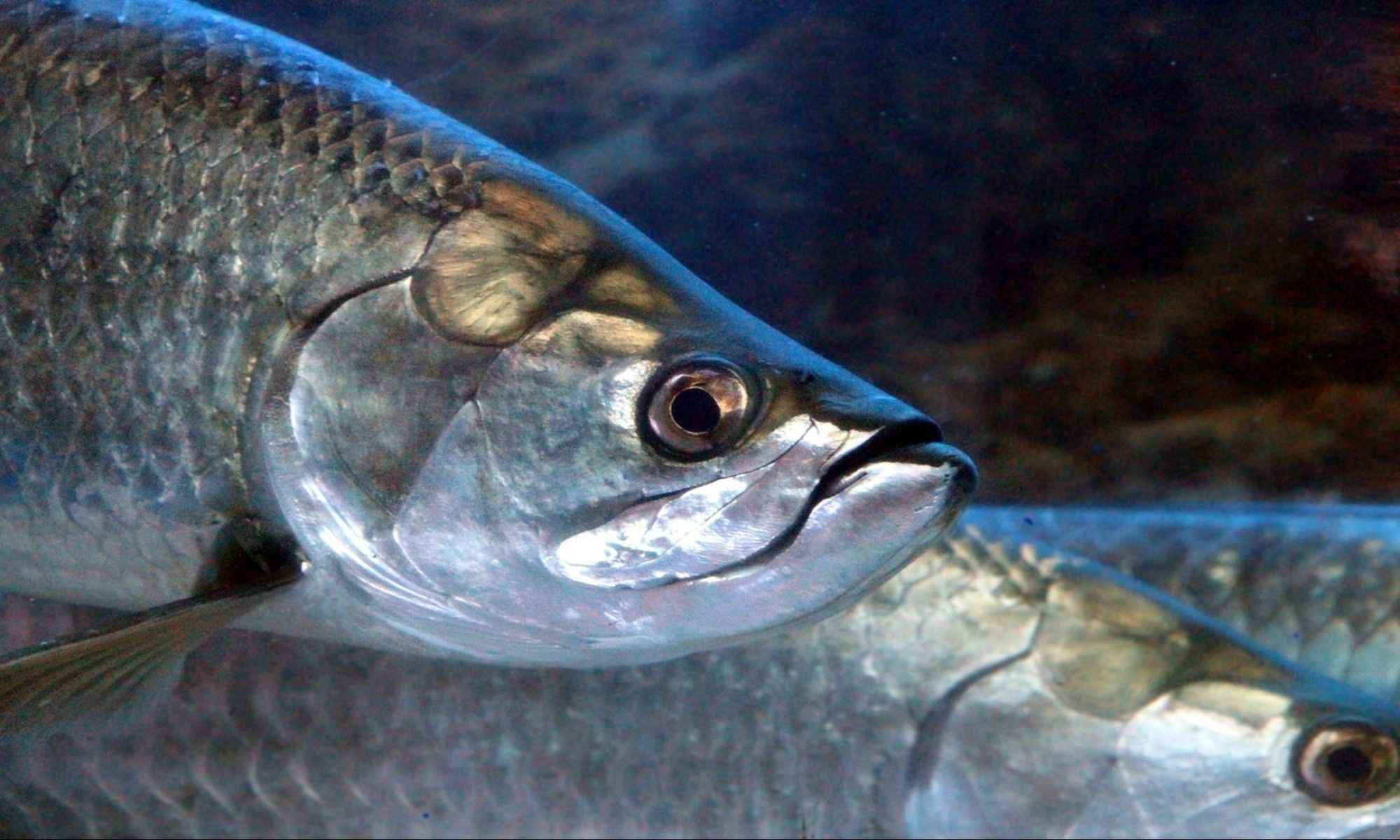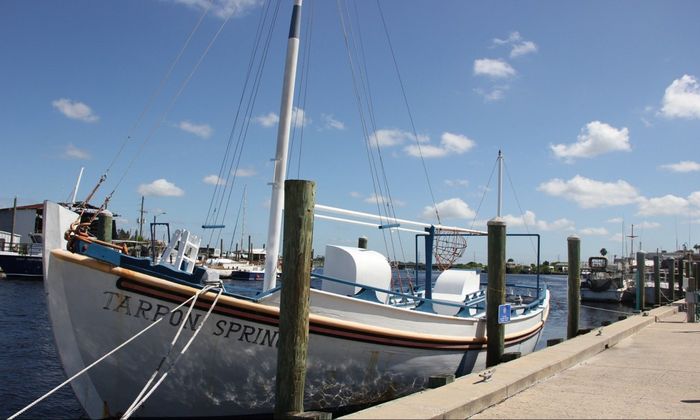Tarpon Fishing: The Best Way To Do It
Learn where, when, and how best to chase and catch tarpon next time you’re on exciting Florida fishing tours.

Tarpon is one of the toughest inshore fish you can fight. Any angler should add tarpon fishing to their bucket list because it’s one of the most thrilling angling experiences you can have. Tarpon fishing guarantees any angler an exciting fishing trip because there is nothing like having a tarpon explode out of the water after it bites your hook.
Tarpon are migratory fish that mostly come to Florida from the Caribbean and other southern climes. Learning to catch tarpon requires trial and error, but if there’s one thing that leads to a terrific time of tarpon fishing, it’s at the right place at the right time. Tarpon fishing provides anglers with the thrill of hunting and stalking, and fishing skills that leave your body pumping with adrenaline.
If you’re raring to go and seize some tarpon, here are some fishing tips and techniques you should know so you can battle and catch the large fish:

Where to Find Tarpon

Florida is the top place in the United States to find and fish for tarpon any time of the year. You can even target them during the sweltering summer because they are one of the highest water temperature-tolerant fish. You can find them on beaches, inlets, deeper creek mouths, turning basins, freshwater rivers and canals, spillways, and grass flats when you’re backcountry fishing.
Florida’s best tarpon destinations are Miami, Islamorada, Key West, Tampa Bay, and Boca Grande. You can also experience tarpon fishing in Destin, Florida, which provides fantastic fishing trips in the Gulf of Mexico. Tarpon fishing in Clearwater, FL, offers excellent flats fishing. If you’re on freshwater fishing trips, you can book Lake Tarpon fishing charters because the lake is one of the best spots for tarpon.
It’s always a good idea to have the help of a fishing guide when you go tarpon fishing because of how challenging it can be. It’s also more fun when you’re tarpon fishing with other people. You can check out fishing charters like Grande Tarpon Charters in Holmes Beach, Capt Ben Fishing Charters in Tarpon Springs, Coral Sea Charters in Islamorada, Joey Flats Fishing in Miami, Reel Runners in Destin, and so many more guide services around the state!
When to Target Tarpon
South Florida places like the Florida Keys and Miami have tarpon all year. They migrate from southern regions into the state in the early spring and then head back south in November. Tarpon have large eyes and excellent vision, so they’re easier to fool and catch when light levels are low. Fishing for them after dark is typically the most productive time, dawn and dusk are next best, and overcast days yield more bites than bright days. Though it is more complex, many anglers still prefer to fish during the day because they can fully enjoy the exciting visuals of the big acrobatic fish. You can trick them into biting artificial lures if the water is less clear. In regards to weather, tarpon does not like wind. Tarpon find it irritating when wind-driven waves suspend larger sand particles in the water.
Tarpon Fishing Tips and Techniques
Bottom fishing with dead bait is the best way to catch tarpon when it’s dark. If you’re fishing in the first light of the morning and daytime, use live bait like shrimp, crab, pinfish, mullet, and white fish. You can find the rolling fish running the beaches in search of prey. Sometimes they’re within a few feet of the shore during high tide.
Night fishing for tarpon is best in the inlets. Nighttime is also when you have the best chance of catching trophy-sized fish. Waterways hold larger fish that are often over a hundred pounds. Find them when there’s an outgoing tide where schools of bait fish gather. The best live bait you can use in inlets are ladyfish, mullet, or crabs.

You can also find plenty of tarpon around creek mouths and turning basins because they like shallow water with access to deep channels. Kayak fishing in these spots is very effective because it lets you get close to the fish without spooking them. Finding them in areas where freshwater meets saltwater is ideal. Canals and rivers are a refuge for juvenile tarpon to escape saltwater predators; their rudimentary lungs let them thrive in stagnant backwater bays and creeks while their predators can’t. Fertile grass flats act as nurseries for various fish species. It’s also a tarpon’s hunting ground, so you can find them cruising and hunting for food.
Around mid-May, experienced tarpon anglers switched to crab baits because the mullet run thins out. Tarpon will eagerly strike small crabs, so don’t use large lures. Attach two baits behind the skiff placed back in the current at different distances when trolling for tarpon. If you want to use artificial lures, bounce white jigs along the bottom with a long grub tail and cast them off to the side. Once you’ve hooked a tarpon, get on top of them to maintain control. Fly fishing for tarpon requires strip-setting in salt water and trout-setting in freshwater.
There’s so much more to learn about tarpon fishing, as there are endless ways to hook the hard-fighting fish effectively. The best way to catch tarpon is to start doing it with the guidance of a fishing charter or guide and keep doing it! Next time you’re in Florida, try the thrilling experience of targeting tarpon!



